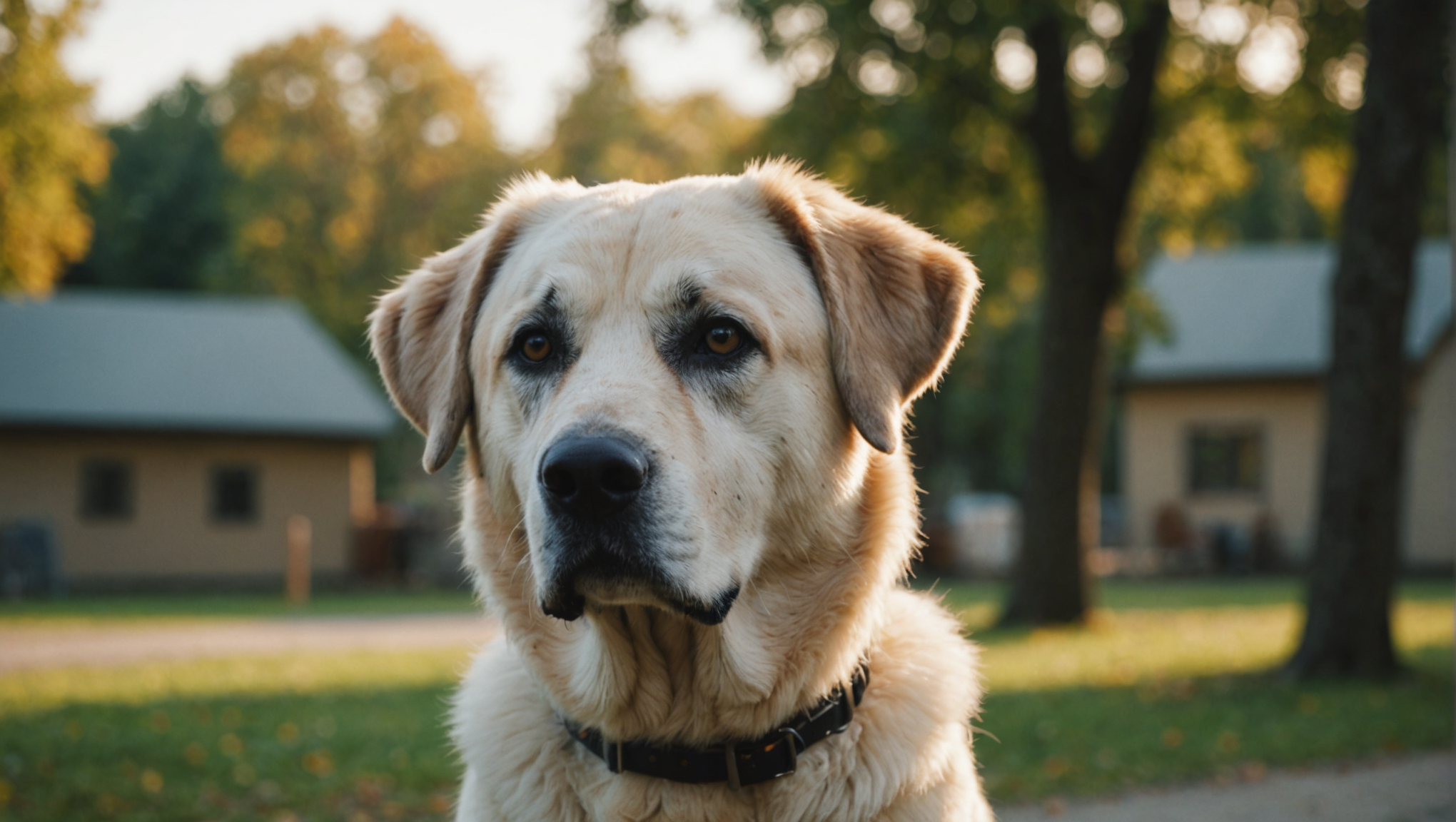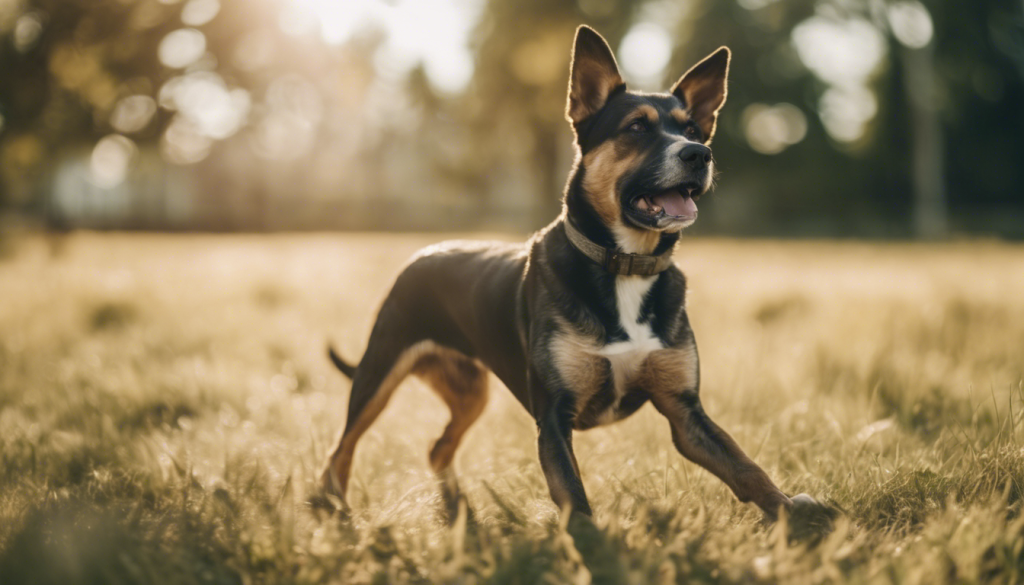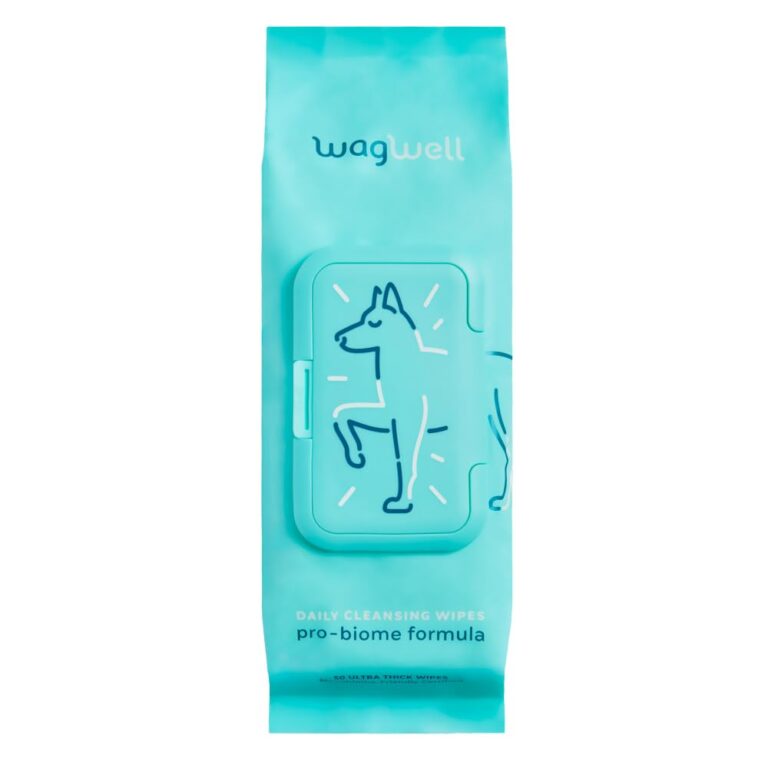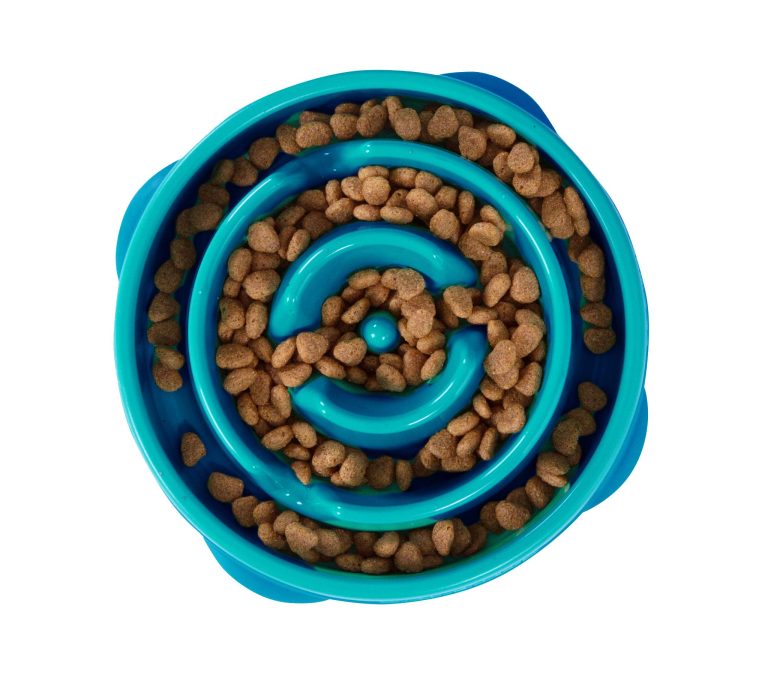Anatolian Shepherd Dog

The Anatolian Shepherd Dog is a breed that embodies both strength and grace, characterized by a majestic presence and a keen intelligence that sets it apart from many other breeds. With a well-muscled, robust body, the Anatolian boasts a coat that can range from short to medium length, typically portraying earthy tones such as fawn, brindle, or white. These colors not only serve an aesthetic purpose but also assist the breed in blending into its natural environment, a trait vital for livestock guardianship.
One of the most striking features of the Anatolian Shepherd is its large, erect ears and a broad head that projects an air of confidence and authority. Their expressive, almond-shaped eyes convey a sense of alertness, making it clear that this breed is always on the lookout for potential threats. To those who are familiar with the breed’s lineage, it’s evident that the Anatolian possesses an instinctual ability to protect its family and territory—traits that have been honed over generations as a livestock guardian.
In terms of temperament, the Anatolian Shepherd Dog is known for its independence and loyalty. This breed tends to form strong bonds with its family members but may be reserved with strangers, exhibiting a natural suspicion that is characteristic of a guardian breed. While they are not inherently aggressive, their protective instincts can come to the forefront if they perceive a threat to their loved ones. As such, early socialization is essential, enabling them to distinguish between friend and foe effectively.
Moreover, the Anatolian is known for its remarkable intelligence and problem-solving abilities. They have a strong will and often consider for themselves, displaying a tendency to outsmart even the most persistent owners. This quality underscores the importance of establishing a leadership role—consistency, patience, and positive reinforcement are key elements in training. Owners may find that these dogs are more compliant when they’re treated with respect and fairness, serving as a reminder that authority does not equate to harshness.
On the note of exercise, the Anatolian Shepherd has moderate to high energy levels and thrives in environments where it can engage in stimulating activities. Daily exercise is important to keep them mentally and physically fit, ideally including both structured walks and off-leash playtime in a secure area. Providing ample opportunities to run, roam, and explore not only satisfies their need for movement but also eases any potential behavioral issues that could arise from pent-up energy.
Furthermore, it’s important to acknowledge that while the Anatolian Shepherd showcases many admirable qualities, potential owners should be prepared for the challenges that accompany such a breed. Their strong-willed nature, coupled with a propensity for stubbornness, may lead to difficulties during training unless approached with the right mindset. As the adage goes, “A dog is a reflection of its owner,” thus establishing a calm, assertive, and knowledgeable presence is paramount in raising a well-adjusted Anatolian.
When considering the breed, it is essential to take into account both their unique characteristics and the demands they make on their owners. Equipped with the right understanding and appreciation for the Anatolian Shepherd Dog, one can embark on a rewarding journey filled with love, loyalty, and the fulfillment that comes from cultivating a deep bond with such a magnificent canine companion.
History and origins of the Anatolian shepherd
The Anatolian Shepherd Dog’s rich history and origins are intertwined with the ancient nomadic cultures of Anatolia, a region in modern-day Turkey. This breed’s lineage dates back thousands of years, where it served as an invaluable companion to herders and farmers, specifically bred for the purpose of protecting livestock from predators such as wolves and bears. The Anatolian’s evolution is a testament to its adaptability and prowess as a guardian, perfectly aligning with the harsh realities of rural life.
As a direct descendant of ancient livestock guardian breeds, the Anatolian Shepherd Dog was essential for the survival of herds and flocks placed under their watchful care. Their formidable size, keen instincts, and innate protective nature made them unrivaled defenders. Over time, this harmonious relationship between dog and human fostered an environment wherein the Anatolian evolved not simply as a working animal but as a loyal companion imbuing the household with a sense of security.
The breed’s development is closely linked to the nomadic lifestyle of the Turkish tribes, who depended on the dog’s unique abilities to safeguard their sheep and goats against predators. These early interactions between the Anatolian and humankind established a bond that transcended mere functional roles, embedding the breed deeply within the cultural fabric of the region. Thus, the Anatolian Shepherd is not only a guardian of livestock but also a symbol of endurance and loyalty.
In the early 20th century, efforts were made to formalize the breed’s standards and promote its characteristics, leading to the establishment of breed registries. Internationally recognized for its working ability and temperament, the Anatolian Shepherd began to gain popularity beyond its homeland, especially in countries like the United States, where it attracted attention from those seeking exceptional guardians for their properties and families.
Yet, as this noble breed expanded beyond its geographical and cultural roots, it also began to face new challenges. The shift in role from a rural guardian to a family pet can lead to conflicts if owners are unaware of the breed’s historical context and inherent needs. The Anatolian’s natural instincts and strong independent streak often require knowledgeable handling that respects its heritage. It’s essential for new owners to immerse themselves in the breed’s history, ensuring they appreciate the Anatolian’s profound capacity for loyalty and protection.
Further enriching their lore, the Anatolian Shepherd has found a niche in various capacities—be it for personal protection, as therapy dogs, or in search-and-rescue operations. This adaptability is reflective of their intelligence, courage, and unwavering dedication to fulfilling their roles. Yet, with such versatility comes the responsibility for owners to maintain an understanding of their breed’s unique characteristics, particularly how their history influences their behavior today. Recognizing the roots of their temperament can empower owners to foster harmonious relationships and mitigate potential behavioral challenges.
As the Anatolian Shepherd Dog continues to evolve within state-of-the-art society, the legacy of its profound capabilities and the trust forged with its human companions remains steadfast, inviting both prospective and current owners to appreciate their rich history as they embark on the journey of companionship with this remarkable breed.
Care and grooming requirements
Providing proper care and grooming for an Anatolian Shepherd Dog is vital for both its physical well-being and emotional health. This breed possesses a low-maintenance coat that does not require extensive grooming, yet regular attention is essential to keep them comfortable and healthy. The coat is typically short to medium in length, dense, and weather-resistant, serving as a protective barrier against various environmental elements, including harsh weather. Regular brushing, ideally once a week, is recommended to remove loose hair and minimize shedding, which can be moderate, especially during seasonal changes.
Bathing should be approached with caution; although the breed does not require frequent baths, doing so every few months—or as needed—will help maintain a clean appearance without stripping the natural oils from their skin. Gentle shampoo formulated for dogs should be used to avoid irritation, particularly because the Anatolian is prone to skin sensitivities. After bathing, ensure the dog’s coat is dried thoroughly, particularly if they frequent damp environments, as moisture trapped in the fur can lead to skin issues.
Dental hygiene is another critical aspect of care, as this breed can be moderately susceptible to dental problems if proper oral care is neglected. Ideally, brushing the Anatolian’s teeth at least two to three times a week can help prevent plaque buildup and promote overall dental health. In addition to regular brushing, providing dental chews or toys designed to promote oral care can contribute significantly to their dental hygiene regimen.
Furthermore, the Anatolian Shepherd’s ears, with their distinctive drooping shape, require routine maintenance. Regular checks for excess wax, dirt, or signs of infection are highly advisable. If necessary, gently cleaning the ears with a vet-approved ear cleaner and cotton ball will help keep them free of debris. This preventative approach reduces the risk of ear infections, which can be uncomfortable and potentially serious if left untreated.
Exercise is paramount in ensuring the Anatolian Shepherd remains healthy and mentally stimulated. This breed has a natural inclination towards being active and needs ample opportunities for vigorous physical activity. Long walks, vigorous play sessions, and social interactions are essential to maintain their stamina and promote good behavior. Engaging in activities that allow the dog to explore its surroundings can help satisfy their curious nature and prevent boredom-related behaviors, such as digging or excessive barking.
Feeding an Anatolian Shepherd should be approached with care, using high-quality dog food that meets their nutritional requirements. Because the breed is large and muscular, it’s advisable to provide a diet formulated for large breeds, ensuring appropriate levels of protein, fat, and essential nutrients. Regular portion control especially important, as obesity can lead to numerous health issues, particularly joint problems. Splitting their daily food intake into two or three meals can also help prevent bloat, a condition that large breeds can experience if fed a single, large meal.
When it comes to health considerations, the Anatolian Shepherd can be prone to certain genetic conditions, including hip and elbow dysplasia and certain heart issues. Regular vet check-ups and preventive care, including vaccinations and preventative medications for parasites, contribute to their overall health and longevity. Additionally, maintaining a healthy weight through diet and exercise is essential for reducing the likelihood of developing these potential health issues.
Understanding the unique traits and needs of the Anatolian Shepherd Dog allows owners to create a nurturing environment that supports their well-being. Providing appropriate care can result in a happy, healthy, and well-adjusted dog, embodying the steadfast loyalty and protective instincts that this noble breed is renowned for. By establishing a routine that encompasses grooming, exercise, diet, and health care, owners can cultivate a deep, fulfilling bond with their furry companions, reflecting the devoted spirit that the Anatolian Shepherd Dog brings to the home.
Training and socialization tips
Training and socializing an Anatolian Shepherd Dog can be both a rewarding and challenging experience, owing largely to the breed’s unique traits and inherent temperament. As intelligent and independent thinkers, they may often appear to approach commands at their own pace, necessitating a thoughtful and strategic training approach from their owners. Key to establishing successful training sessions is the early identification and maintenance of a leadership role; it is important for the owner to convey authority through calm assertiveness tempered with fairness. Employing positive reinforcement techniques, such as treats and praise, can yield significant results while fostering a bond of trust and respect between the dog and its handler.
Given their strong instincts as guardians, Anatolian Shepherds may display a determined disposition toward unfamiliar people and animals. As such, early socialization is non-negotiable—it allows these dogs to expand their comfort zones and learn appropriate behaviors in diverse environments. Introducing them to various situations, people, and other animals during their formative months is paramount; ideally, these interactions should be conducted in controlled settings where positive experiences can flourish. Socialization is best achieved through supervised playdates, puppy classes, and exposure to a wealth of experiences such as car rides, park visits, and public spaces, helping the pup learn to navigate different stimuli without becoming overly cautious or aggressive.
To further bolster their training, incorporating obedience classes can provide structured environments conducive to learning. Such classes not only sharpen the dog’s skills but also serve as excellent opportunities for socialization with other dogs and people. Experienced instructors familiar with the Anatolian Shepherd’s specific characteristics can offer invaluable guidance, ensuring that training sessions are tailored to the breed’s independent spirit. Group classes are particularly beneficial in teaching the Anatolian crucial commands and manners, such as sit and stay, while reinforcing proper interactions with both humans and fellow canines.
In training sessions, consistency is essential; clear and concise commands along with affirmative reinforcement pave the way for effective learning. Owners should avoid repeating commands or resorting to frustration; rather, an approach grounded in patience and persistence is key. Anatolians tend to respond positively to routine and will thrive when they understand the expectations set forth by their owners. Announcing training as a fun game rather than a chore—by incorporating toys or engaging activities—can transform sessions into enjoyable bonding experiences that strengthen the relationship between dog and owner.
As a breed that possesses a significant amount of physical strength and endurance, the Anatolian Shepherd’s exercise requirements cannot be understated. Regular physical activity is vital not only for physical health but to curb any behavioral issues that may arise from pent-up energy. Owners should strive to provide a robust exercise regimen that incorporates daily walks, rugged terrain exploration, and ample playtime in a safe, fenced area. While some Anatolians enjoy engaging in interactive games, like fetch or tug-of-war, others may prefer activities that tap into their guardian instincts, such as tracking or scent work. This not only addresses their physical needs but also engages their sharp intellect—an invigorating mix that ultimately contributes to a well-balanced and happy dog.
Moreover, ongoing training efforts should promote the Anatolian’s mental stimulation; puzzle toys, obedience exercises, and agility challenges can keep their keen minds engaged. Too often, owners may underestimate the cognitive side of training, yet the Anatolian benefit immensely from activities that encourage critical thinking. In addition, integrating training into daily routines—not relegating it to set times—allows skills to be practiced in a natural context, thereby reinforcing behaviors in a variety of scenarios.
Anatolian Shepherd Dogs, while deeply loyal and protective, require ample patience and understanding from their owners. Using their intelligence and independence as tools for positive reinforcement and learning is essential. With diligent training and proper socialization, owners can nurture a confident, well-adjusted guardian capable of forming deep bonds with their families while maintaining their admirable protective instincts. As one adage brilliantly encapsulates, “The best training is a partnership.” Establishing this partnership through mutual respect and understanding will yield lasting benefits for both dog and owner alike.
Health considerations and potential issues
The health considerations for the Anatolian Shepherd Dog are paramount, as the breed, while generally robust, can be susceptible to specific genetic conditions that potential owners should be acutely aware of. One of the most commonly encountered issues is hip dysplasia, which is characterized by an improper formation of the hip joint leading to arthritis and pain. This condition not only affects the dog’s mobility but can also significantly impact their quality of life. Regular check-ups with a veterinarian and maintaining a healthy weight through diet and exercise can mitigate the likelihood of developing hip dysplasia.
In addition to hip dysplasia, elbow dysplasia can also pose challenges for the Anatolian Shepherd. This allows for abnormal growth or development of the elbow joint, which leads to lameness and discomfort, particularly in an active breed like the Anatolian. Early diagnosis especially important, allowing for timely intervention strategies which, in turn, can help preserve joint function well into their senior years.
Another concern is the potential for certain heart issues, most notably dilated cardiomyopathy, which can be hereditary in larger breeds. This condition can affect the heart’s ability to pump blood efficiently, leading to congestive heart failure if not managed appropriately. Regular veterinary check-ups that include heart health assessments are essential to catch any irregularities as early as possible.
Moreover, the Anatolian Shepherd can suffer from minor skin sensitivities and allergies, possibly resulting in itchiness or irritation. This can sometimes be exacerbated by environmental factors or dietary components. Owners are encouraged to maintain vigilance over their dog’s coat and skin, regularly inspecting for signs of discomfort or unusual changes. Diet may play an important role in managing skin health; opting for high-quality dog foods that limit fillers can significantly reduce allergic reactions.
Gastrointestinal issues are also a point of concern; the Anatolian Shepherd is prone to bloat, a serious condition that occurs when the stomach fills with gas and twists on itself, preventing blood flow and leading to life-threatening complications. Prevention strategies include offering multiple smaller meals throughout the day rather than a single large meal and avoiding vigorous exercise immediately after feeding.
Beyond these specific health issues, general preventive care plays a critical role in the well-being of the Anatolian Shepherd. Regular vaccinations, preventative medications for parasites such as heartworm and fleas, and consistent dental care are integral to keeping your dog healthy. Engaging in routine dental hygiene can dramatically reduce the risk of periodontal disease, contributing to the overall longevity of the breed.
When it comes to exercise, while the Anatolian Shepherd is quite resilient, it’s important to balance their needs with their health status. They thrive on regular, vigorous exercise to maintain their muscle tone and mental stimulation. However, care must be taken particularly during extreme weather conditions, as the breed can be sensitive to excessive heat due to their dense coats. Providing access to shade, fresh water, and sufficient rest especially important during warmer months.
Dietary management cannot be overlooked, as proper nutrition not only supports the dog’s energy levels and weight but also fortifies their overall health. High-quality dog food enriched with vital nutrients is encouraged, and owners should work closely with their veterinarian to tailor dietary choices to their pet’s specific needs, which may change with age, activity level, and health status.
A proactive approach to health will empower Anatolian Shepherd owners to detect potential issues early and enhance their pet’s quality of life. Establishing a routine that encompasses regular veterinary visits, tailored exercise plans, a balanced diet, and attentive care is fundamental to fostering a happy, healthy Anatolian Shepherd that exemplifies the loyalty and guardianship for which they were bred. Life with this noble breed is undoubtedly rewarding when their health and wellbeing are prioritized, allowing for a profoundly enriching companionship to blossom.







